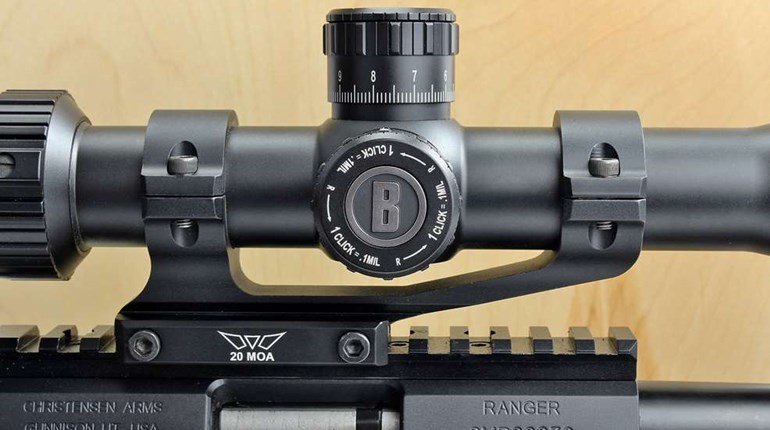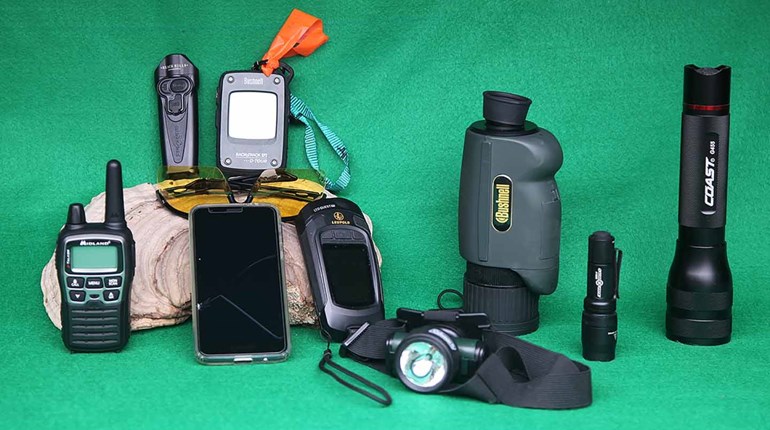
If you hunt or camp deep in the wilderness, you should know that small problems can become big ones when you’re miles away from roads and professional medical help. Much has been written about what the ideal first-aid kit for backwoods adventures ought to look like. What’s missing from all those articles is that part of that “kit” is actually between your ears. Here’s the gear my family brings into the woods … and some basic info to help you use it properly!
In Your Pack: Equipment & Gear
On trips, we usually carry two all-purpose zipper bags in orange which are easily found in the office supply section of various stores. We use one for medical/antiseptic provisions and the other for equipment.
- Small headlight
- Magnifying glass
- Compass and whistle
- Toenail clippers
- Small scissor
- Folding multi-tool including pliers, knife blades, nail file, saw blade, screwdrivers and a can opener.
- A real tweezer (not the chintzy one that comes with some multi-tools), with an elongated pointed tip, for removing small foreign objects like splinters and bee stings. (To keep the points sharp, I pull a small rubber tube over each pointed side.)
- Moleskin
- Antibiotic ointment
- Antibacterial soap
- Small squeeze bottle
- Sunblock
- Bandages, including surgical 4 x 4-inch sponges and a roll of 1-inch surgical tape
- Bug repellent
- Anti-itch cream
- Aloe Vera cream
Between Your Ears: CPR or Cardiopulmonary Resuscitation Course
In many communities, fire companies and/or ambulance organizations offer this “hands on” course to the public (sometimes for free). If someone develops a medical issue and their heart stops pumping, this method of artificial circulation may restart one’s heart and save a life.
Between Your Ears: See the Problem
Ever tried pulling out a stinger or splinter in poor lighting, without magnification? It’s tough, even for a doctor. That’s why we carry a small headlight (which straps over the forehead and is common with hunters) and a small magnifying glass. Personally, I like magnifying glasses from Big Vision, which allow me to keep my hands free to work. (This is also great for small projects at home.)
While we’re on the subject, if you’re walking wooded trails when it’s dark, you should wear eye protection. The ones made for shooters, with yellow lenses, will actually help brighten up the area for better visibility, too.
Between Your Ears: Blisters
These should seldom happen! Prevention centers on breaking in your shoes before a trip, then keeping your feet clean and especially dry. This is why changing your kids’ socks frequently is important, since they will keep on going even when wet. If a blister is starting, put a patch of moleskin over the reddened area, and work harder to stay dry—it’s possible to stop them in their tracks.
If a blister does form, do not break it. The best wound covering out there is what came with you … your skin. If the blister should break, never wash out a wound with a skin disinfectant like alcohol, which will damage the healthy tissue. Injured tissue is what microorganisms need to multiply. To clean an open wound if need be, use soap and clean water (that’s what the small squeeze bottle is for!), then dry it and apply a little antibiotic ointment and a bandage. Do your best to keep it dry!
Between Your Ears: Sun and Dehydration
A sunburn that’s bad enough can be a medical emergency! It can also contribute to dehydration, which is also dangerous. Prevention is key here; use that sunblock liberally and re-apply it often. If you do get one, an anti-itch spray and/or Aloe Vera cream can be quite soothing.
Between Your Ears: Always Listen to Your Doctor
If you have any medical conditions, ask your doctor for recommendations on what meds/ointments you, specifically, should carry. Keep an eye on the expiration dates of those meds and ointments and get them renewed as necessary.
Final Thought: Read Up Before You Buy
To get started on organizing first-aid gear to take on your trips, I suggest starting with a basic first-aid book. This can go into much more detail about treating minor injuries and preventing big ones than I can in the space of one article. That said, if any injury or disorder goes beyond something elementary, seek medical help immediately. Good luck and enjoy yourself out there!





































